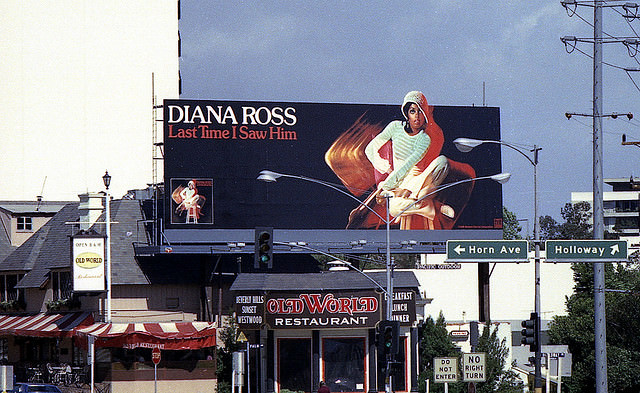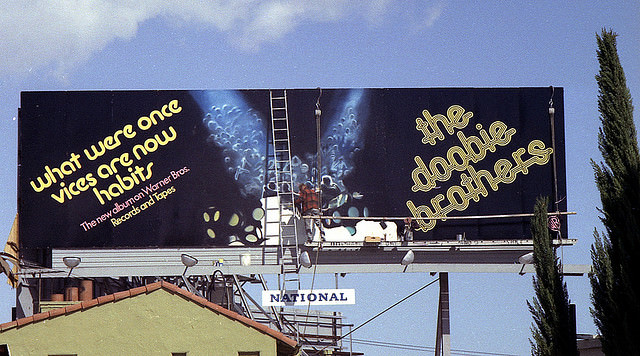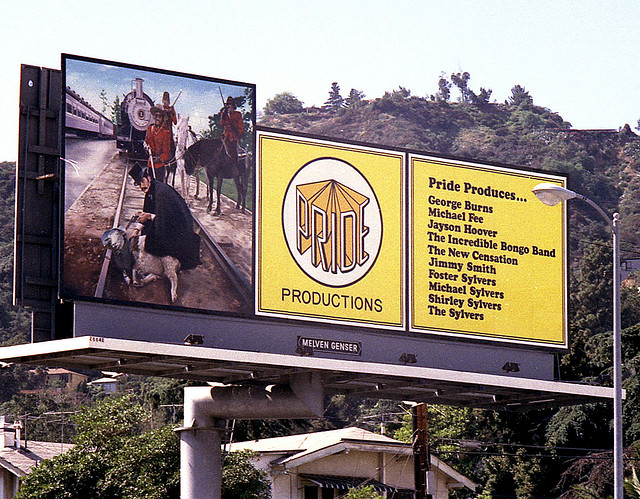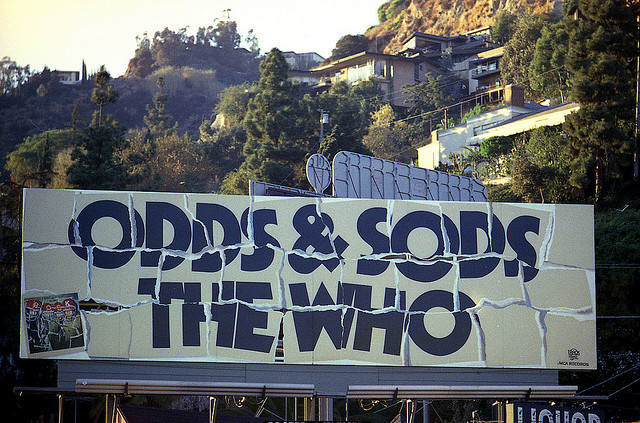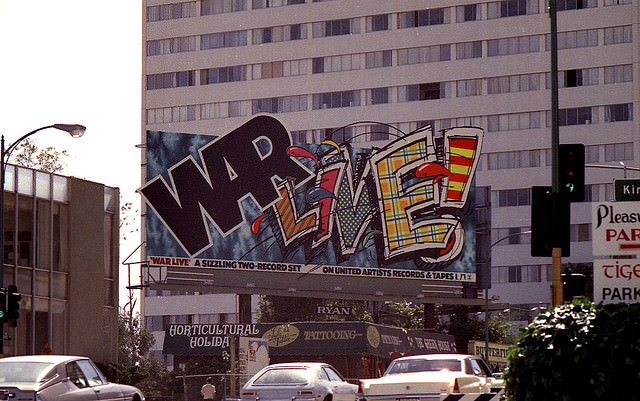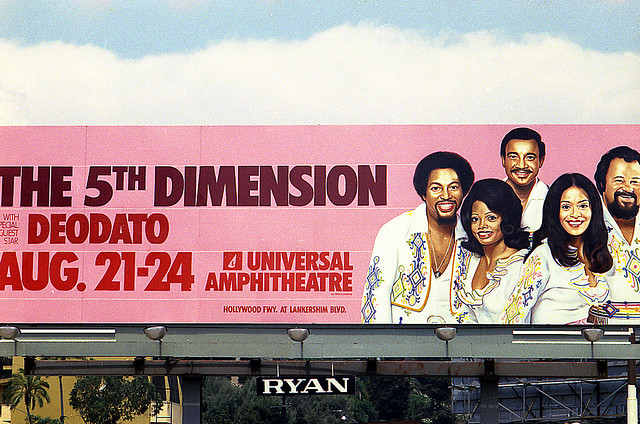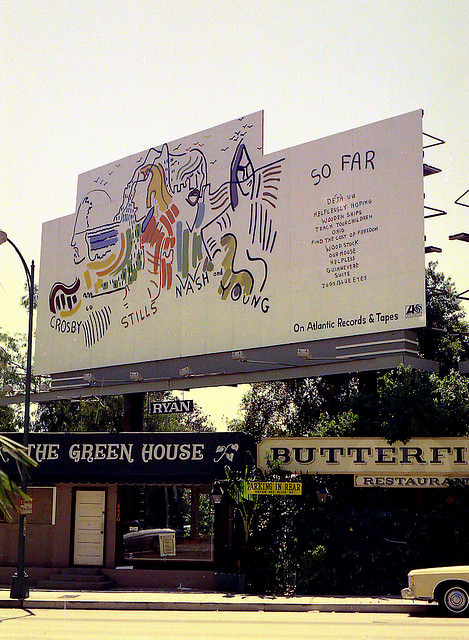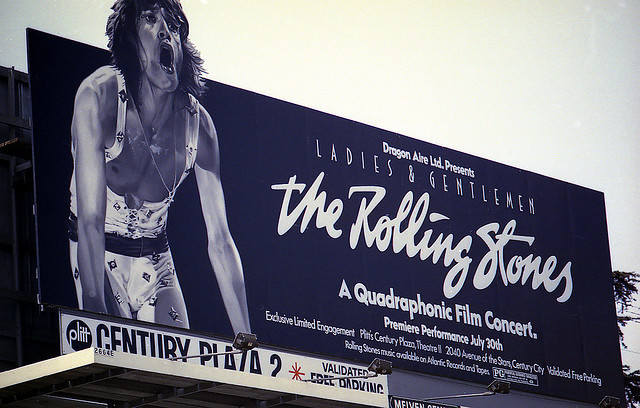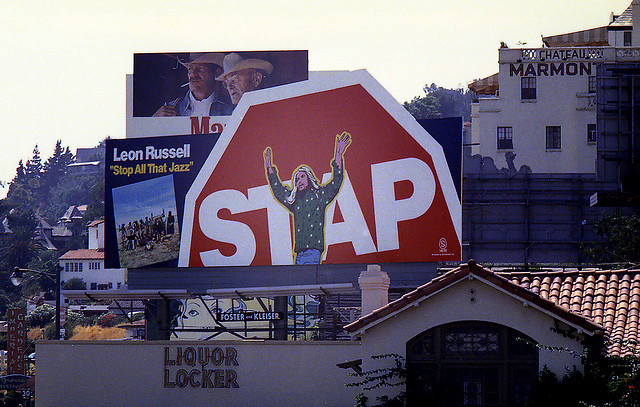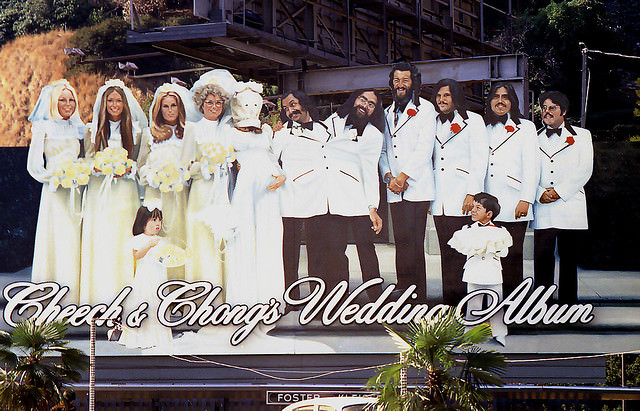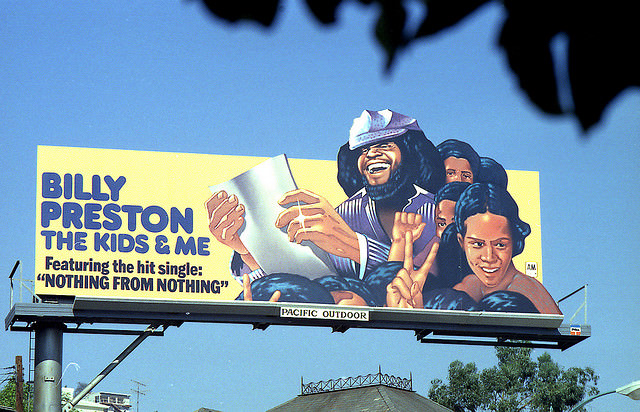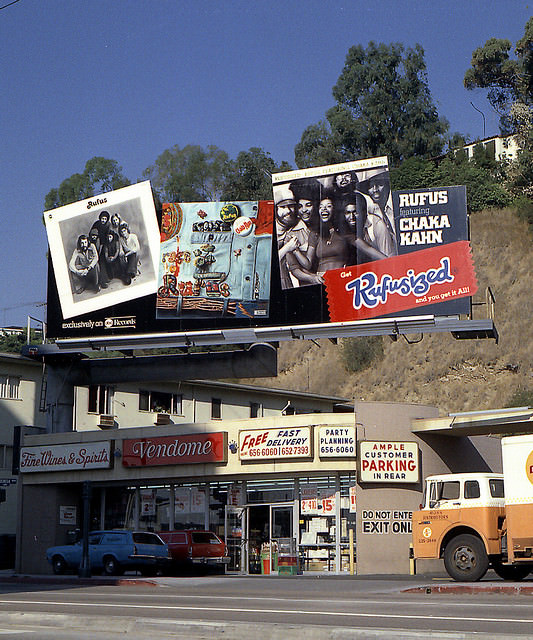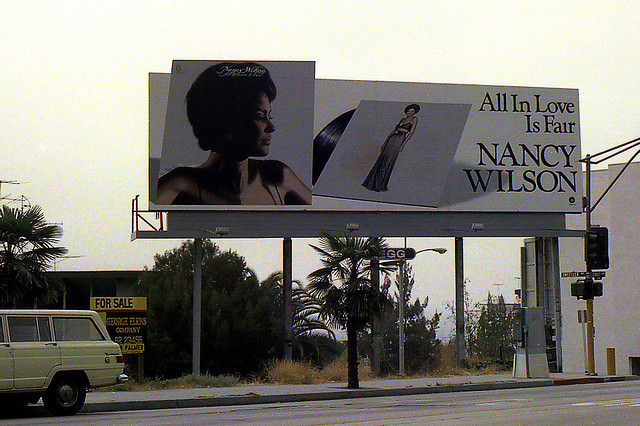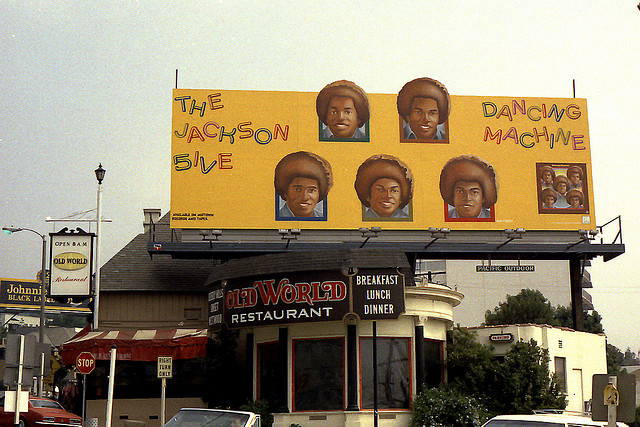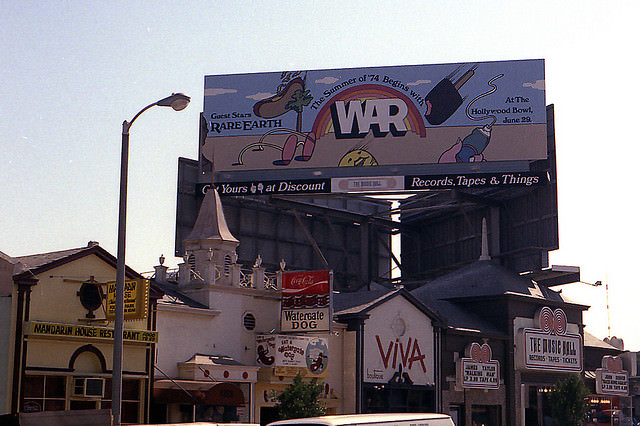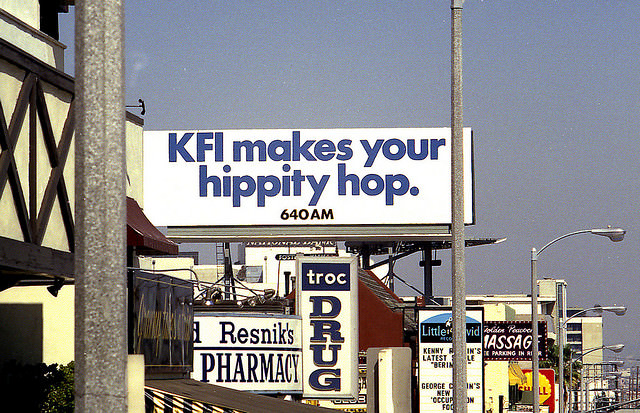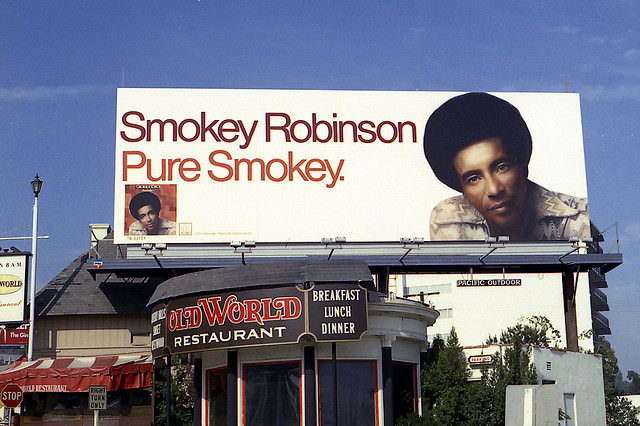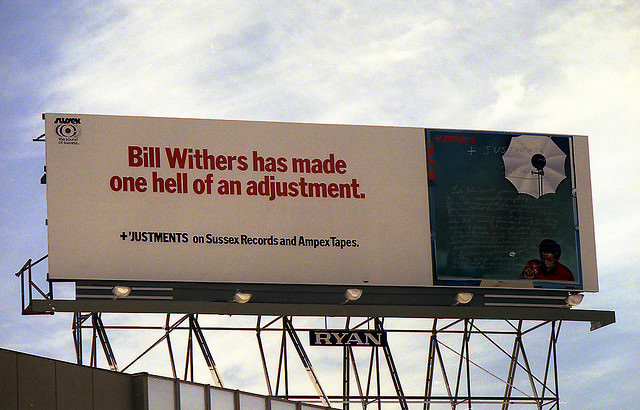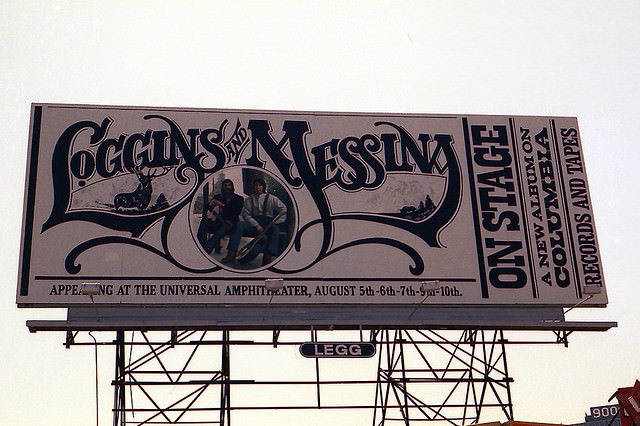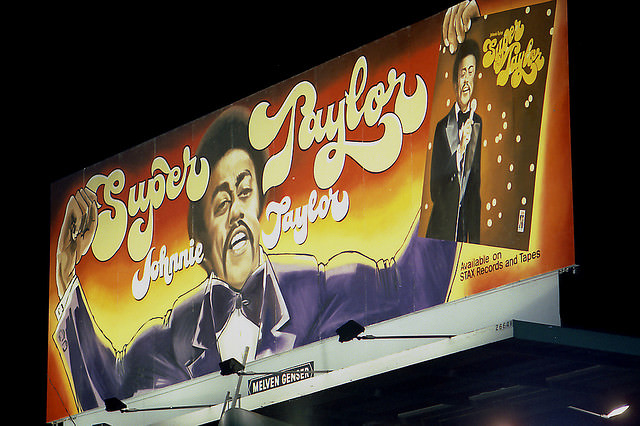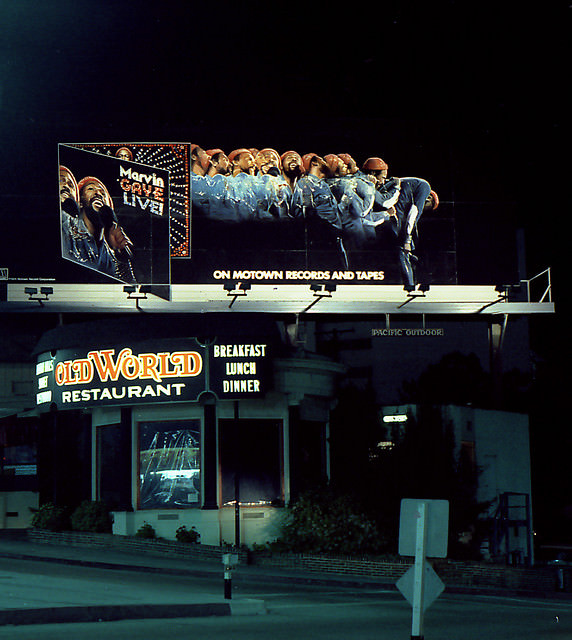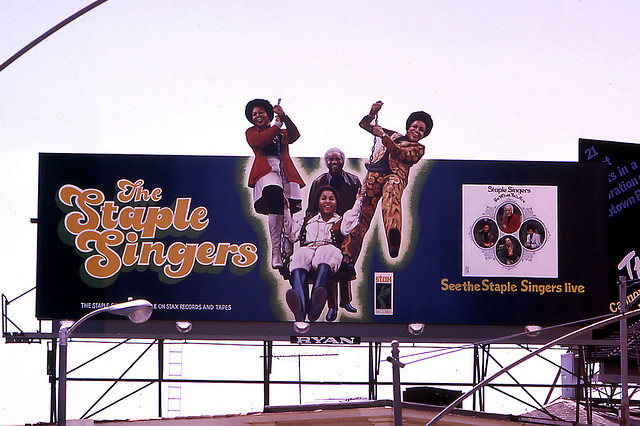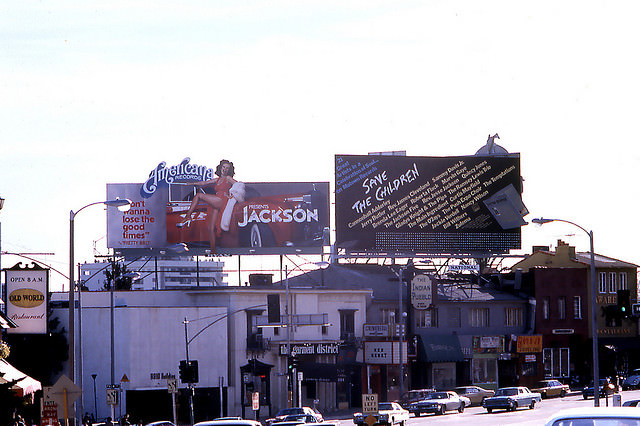In the mid-1970s, Sunset Boulevard in Los Angeles was a vibrant place. This famous street, especially a part known as the Sunset Strip, was more than just a road. It was a showcase for art, music, and culture. One of the most striking features of this area was the colorful and creative billboards that lined the street. These billboards were not just advertisements; they were pieces of art that celebrated music and the stars of the time.
The Art of Hand-Painted Billboards
Back in the 1960s and 1970s, billboards were often hand-painted. This was a time before digital printing, so artists had to use brushes and paint to create their designs. Robert Landau, a photographer, captured many of these billboards with his camera. He strolled along the Strip, taking photos of the bright, eye-catching advertisements. Landau’s work gives us a glimpse into a lively era of music and pop culture..
Read more
Hand-painted billboards were expensive to create, but they had a unique charm. Artists could add special touches to make the images stand out. For example, if they were painting a famous singer like Rod Stewart, they might allow his hair to stick out above the billboard’s frame. This added a three-dimensional effect that caught people’s attention.
A Window into Pop Culture
The billboards on Sunset Boulevard were a reflection of the music scene at the time. Major record companies used them to promote new albums and artists. Instead of scrolling through social media or watching music videos, people would see these large, colorful advertisements as they drove or walked by. The billboards built excitement for upcoming releases and helped define the artists’ images.
Many famous musicians had their albums showcased on the Strip. The Beatles, The Rolling Stones, and Jimi Hendrix were just a few of the stars who graced these billboards. Each one told a story, capturing the essence of the music and the artist’s persona. The vibrant artwork was as much a part of the album’s identity as the songs themselves.
Some billboards were designed to light up at night, adding to the Strip’s allure. The glowing colors created a magical atmosphere. People would gather to admire the artwork, taking photos and enjoying the vibe. These illuminated billboards transformed the area into a lively spectacle. It was a place where music, art, and nightlife blended together.
Landau’s photographs show how these billboards evolved over time. As new albums were released, old billboards would come down, making way for new designs. This constant change kept the Strip fresh and exciting. Each new billboard was a reminder of the dynamic music scene in Los Angeles.
A Personal Touch from Artists
The hand-painted billboards had a depth and shine that made them special. Unlike modern digital billboards, each painted sign was unique. The artists poured their creativity into every brushstroke. This personal touch is something that people still admire today. When you look at a hand-painted billboard, you can feel the artist’s passion and skill.
Landau has shared his appreciation for these billboards. He believes they are important historical documents. They remind us of a time when music was experienced differently. Before digital music and streaming, album art and promotional materials played a big role in how fans connected with their favorite artists.
The Sunset Strip became a cultural icon partly because of these billboards. People from all over the world visited the area to see the latest advertisements and enjoy the live music. The billboards were a major draw for tourists and locals alike. They created a buzz that surrounded the music industry in Los Angeles.
This stretch of Sunset Boulevard represented more than just advertising space. It was a canvas for artists to express themselves and a stage for musicians to shine. The billboards captured the spirit of the times, showcasing the glamour and excitement of the rock and roll era.


